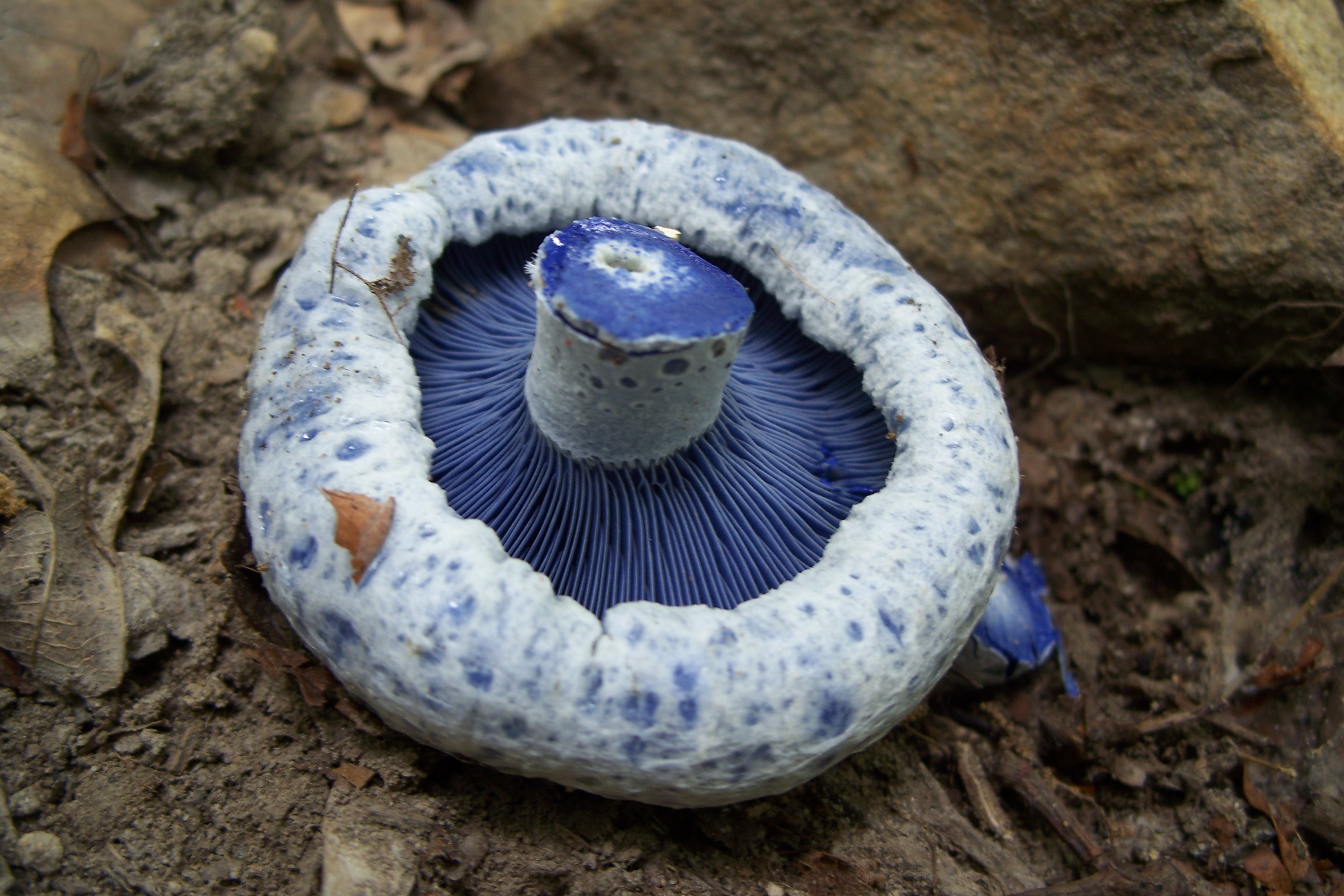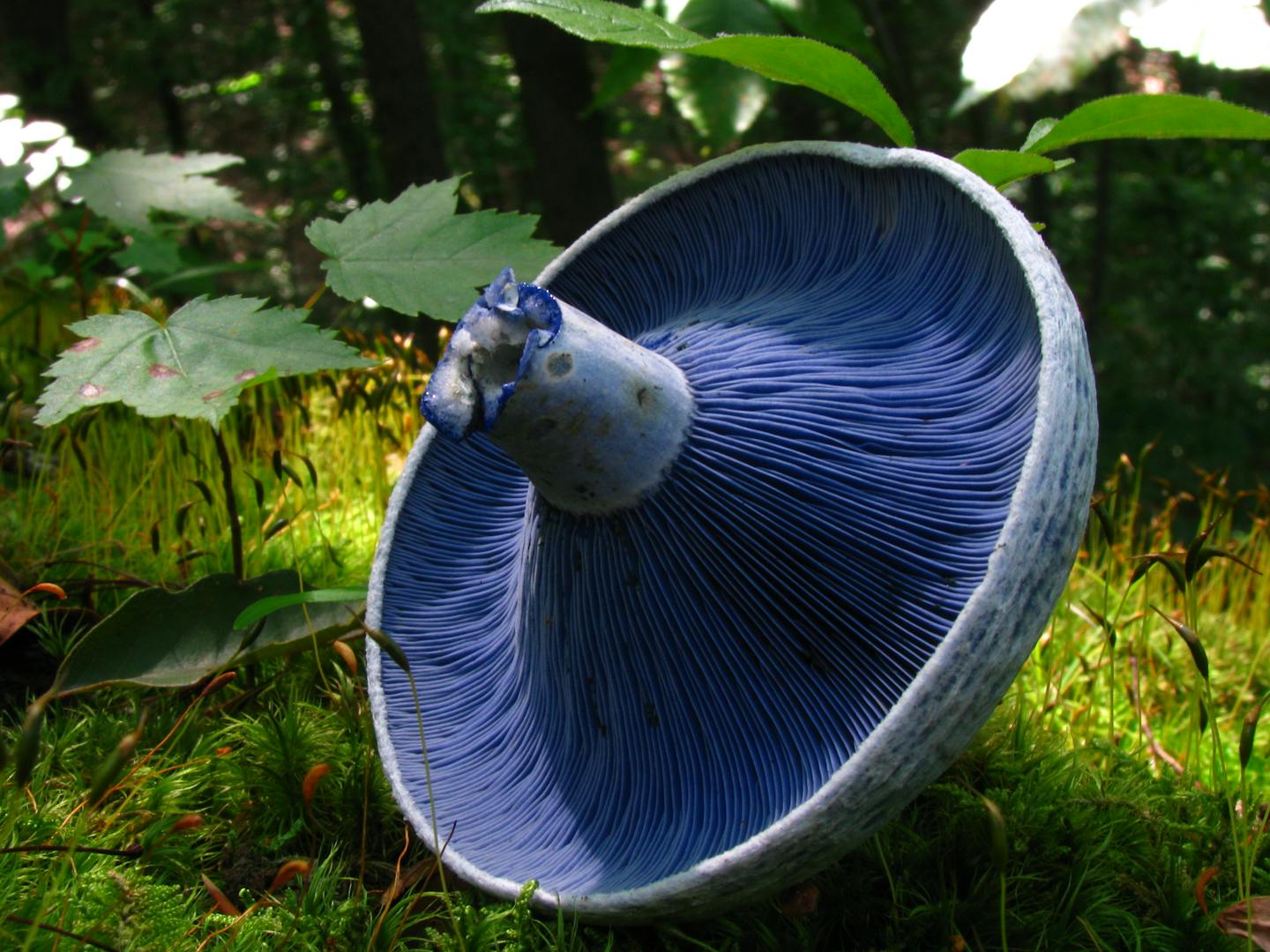Species of the Week: Lactarius indigo
Each Wednesday, One Earth’s “Species of the Week” series highlights a relatively unknown and fascinating species to showcase the beauty, diversity, and remarkable characteristics of our shared planet Earth.
For an otherworldly experience, examine Lactarius indigo. A beautiful, blue mushroom species that exudes a milky blue latex when cut with a knife or bruised, that slowly turns green as it is exposed to air. No other mushroom in the world exudes such a unique-looking substance in this manner.
Lactarius indigo is not common, but is widespread in its distribution, growing naturally in eastern North America, East Asia, and Central America; it has also been reported in southern France.
L. indigo grows on the ground in both deciduous and coniferous forests, where it forms symbiotic relationships - called mycorrhizal associations - with the roots of plants. The cap has a diameter of two to six inches. The margin of the cap is rolled inwards when young but unrolls as it matures. The cap surface is indigo blue when fresh but fades to a paler grayish or ethereal silvery-blue. Sometimes it’s adorned with greenish splotches. It is often zonate: marked with concentric lines that form alternating pale and darker zones, like the layered ruffles of many a dress, and the cap may have dark blue spots, especially towards the edge. Young caps are sticky to the touch.

Image credit: Wikimedia Commons
L. indigo is edible, and is sold in rural markets in China, Guatemala, and Mexico. The flavor is similar to a portobello when cooked, but crumblier and with a grainier texture. There are other species of the Lactarius genus that are edible, but many are poisonous, though none are deadly. Lactarius piperatus, for example, is peppery in its flavor, while L. deceptivus leaves a burning sensation in the mouth that lingers for a long time.
Lactarius indigo can be eaten plain and has a crisp body similar to the texture of an apple and can be eaten the same way. L. indigo is often eaten simply grilled, used in soups, or dried and preserved. Mushroom enthusiasts and hunters relish the experience of cooking with L. indigo, simply for how magical in appearance it is, elevating the look of any dish.

.png?auto=compress%2Cformat&w=200)

